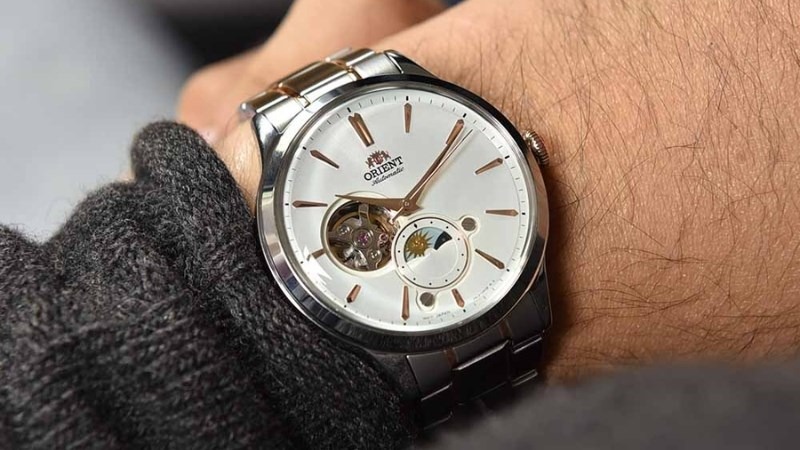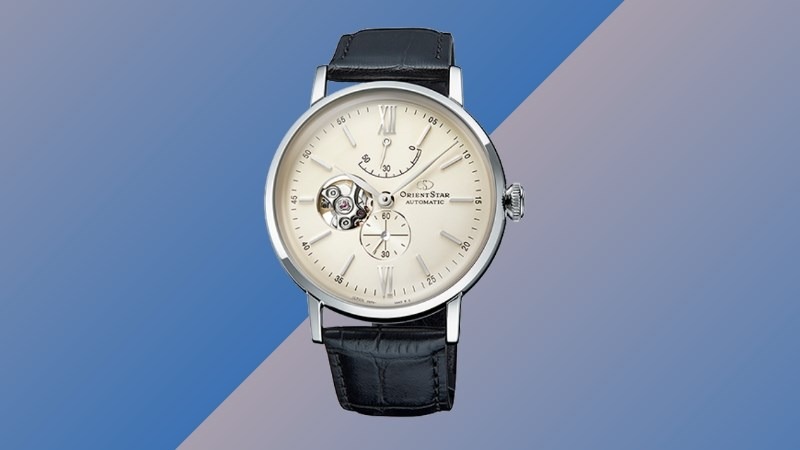What Is Power Reserve? Advantages and 4 Display Types on Mechanical Watches
Power Reserve – also known as the energy reserve function – is an incredibly important and practical feature in mechanical watches. Not only does it help users monitor the remaining operating time, but it also reflects the quality and prestige of a watch movement.
Let’s explore with https://donghochetac.vn/home/: What is Power Reserve, its advantages, and the most popular display types today!
What Is Power Reserve?
Power Reserve (in French: “Réserve de Marche”) indicates how much energy remains in a mechanical watch’s movement before it runs out and stops operating.
In simpler terms, Power Reserve is like the “battery indicator” for a mechanical watch.
Unlike quartz watches (powered by batteries), mechanical watches rely on energy stored in a mainspring, which is accumulated through:
-
Hand Winding, or
-
Automatic Winding (via wrist movement).
Typically, the Power Reserve of a mechanical watch ranges from 40 to 80 hours. It allows the wearer to know when it’s time to wind the watch, ensuring stable operation.

Why Do Leading Brands Focus on Power Reserve?
Top brands like Rolex, Omega, and IWC are constantly innovating to extend power reserve durations, providing a more convenient and optimized experience for users.
How Does Power Reserve Work in Mechanical Watches?
Power Reserve depends on:
-
The tension and length of the mainspring.
-
The movement’s internal transmission mechanism.
When you wind the crown (manual winding) or wear the watch (automatic winding), the mainspring coils tightly.
As the watch operates, the mainspring gradually unwinds, releasing energy to drive the gears, hands, and other functions.
The Power Reserve mechanism measures the level of mainspring tension and displays the remaining energy, informing the wearer of the current state.
Advantages of Power Reserve Indicators
1. Accurate Time Usage Forecast
You can easily monitor when you need to wind the watch, preventing sudden stops and prolonging the movement’s lifespan.
2. Enhances Aesthetic Appeal
Power Reserve indicators are often intricately integrated into the dial, combined with other complex functions like:
-
Chronograph
-
Moonphase
-
GMT World Time
This greatly enhances the luxury and elegance of the timepiece.
3. Reflects Movement Quality
Through the Power Reserve display, you can assess:
-
The strength and efficiency of the movement.
-
The performance of the mainspring.
Prestigious brands continuously work to extend Power Reserve to 72 hours, 80 hours, or even 8 days (192 hours), improving the watch’s practicality and value.

4 Common Ways Power Reserve Is Displayed
Depending on the brand and model, Power Reserve indicators are showcased in various designs. Here are four of the most common types:
1. Aperture Display (Small Window)
-
A small window on the dial.
-
Shows the remaining energy through a color zone or an indicator bar.
-
Often integrated alongside other complications like date, GMT, or Moonphase.
2. Linear Display (Sliding Scale)
-
A horizontal or vertical bar display.
-
An arrow or pointer moves along the scale based on the energy level.
-
Very intuitive and easy to read.
3. Pie-Shaped Display (Arc)
-
Displays over a half-circle or arc with hour markers.
-
A small hand sweeps across the arc, indicating the energy level.
-
Highly popular in high-end mechanical watches for its visibility.
4. +/- Scale Display (Positive/Negative)
-
Indicates remaining energy on a positive (+) and negative (-) axis.
-
A minimalist, elegant design that requires user familiarity to interpret correctly.
Conclusion: Power Reserve – An Essential Feature of High-End Mechanical Watches
The Power Reserve function not only provides convenience for monitoring energy levels but also:
-
Enhances the aesthetic appeal.
-
Reflects the movement’s strength and craftsmanship.
-
Improves the overall user experience with mechanical watches.
If you’re seeking a high-end mechanical timepiece, choosing a model with a Power Reserve indicator will allow you to fully enjoy the precision, artistry, and prestige it represents.

FAQ About Power Reserve on Watches
1. What is Power Reserve in mechanical watches?
→ It is the indicator showing how much energy remains before the watch stops operating.
2. What is the standard Power Reserve duration?
→ Typically between 40 and 80 hours, depending on the movement.
3. Do all watches have a Power Reserve display?
→ No. Some models feature a dedicated Power Reserve indicator, while others require users to estimate based on usage habits.
You Might Be Interested in Replica Watch:
100+ High-End Patek Philippe Super Clone Watches at ZuLi Watch
100+ High-End Richard Mille Clone Watches at ZuLi Watch

